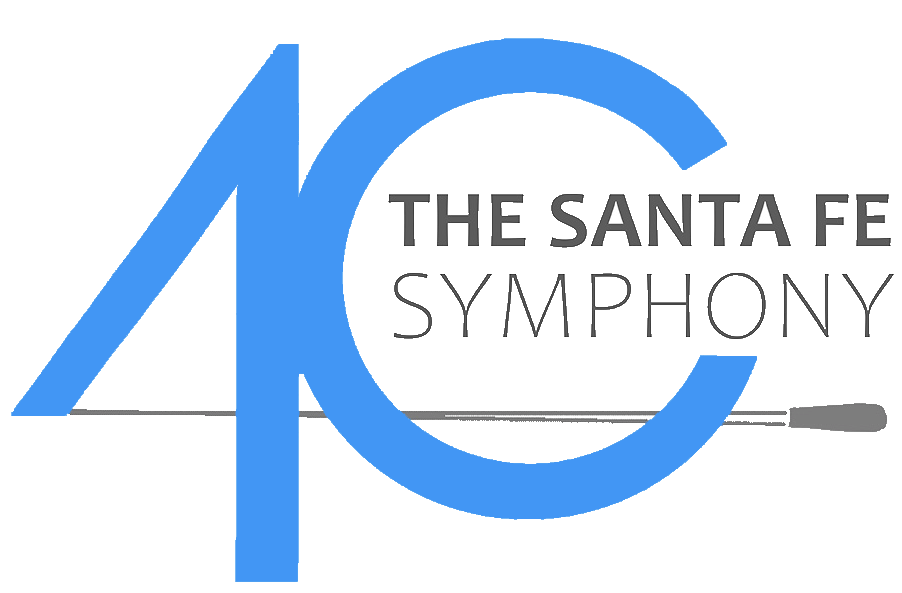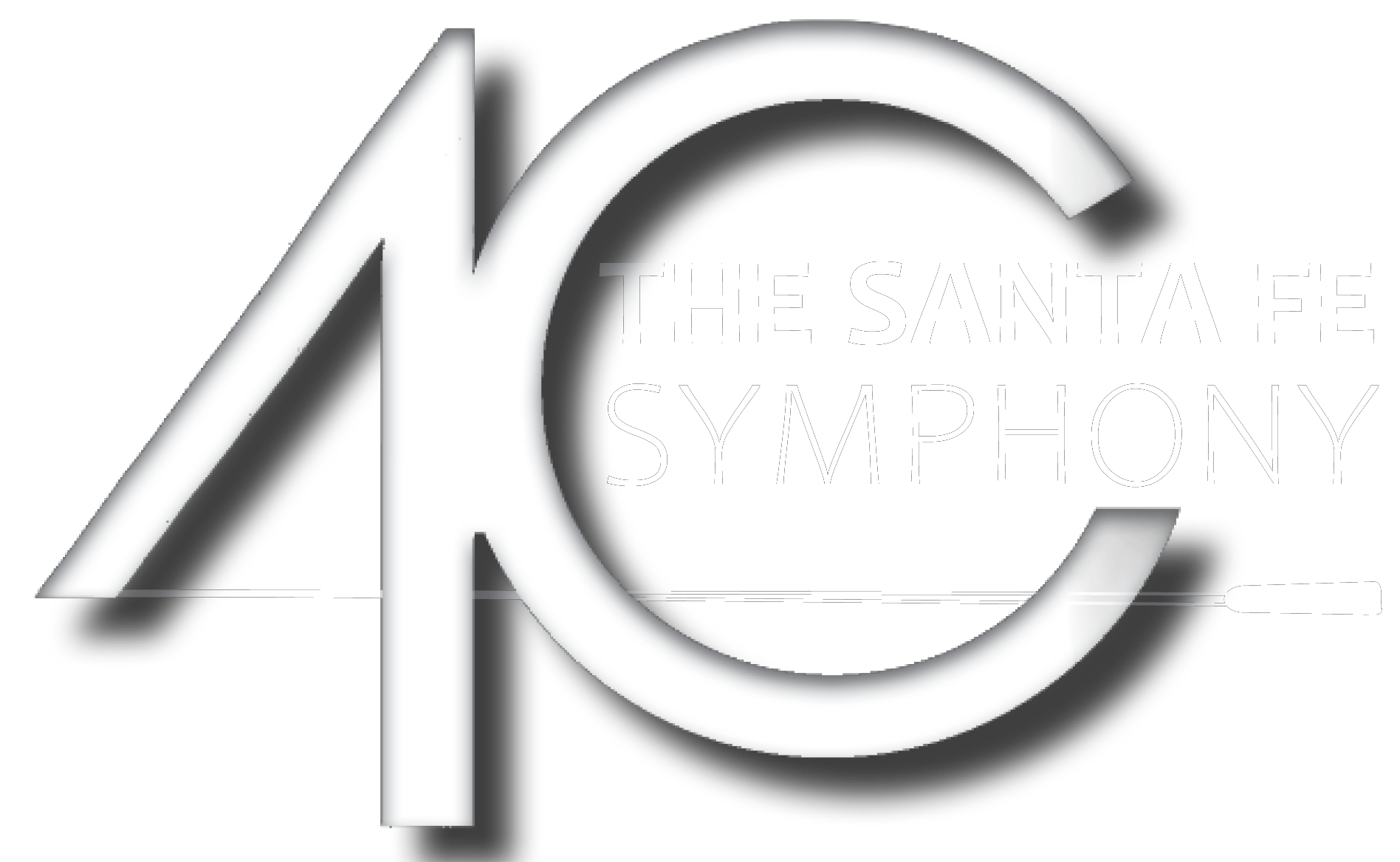Program Notes | Oceana
Sunday, April 21, 2024 / 4:00 pm
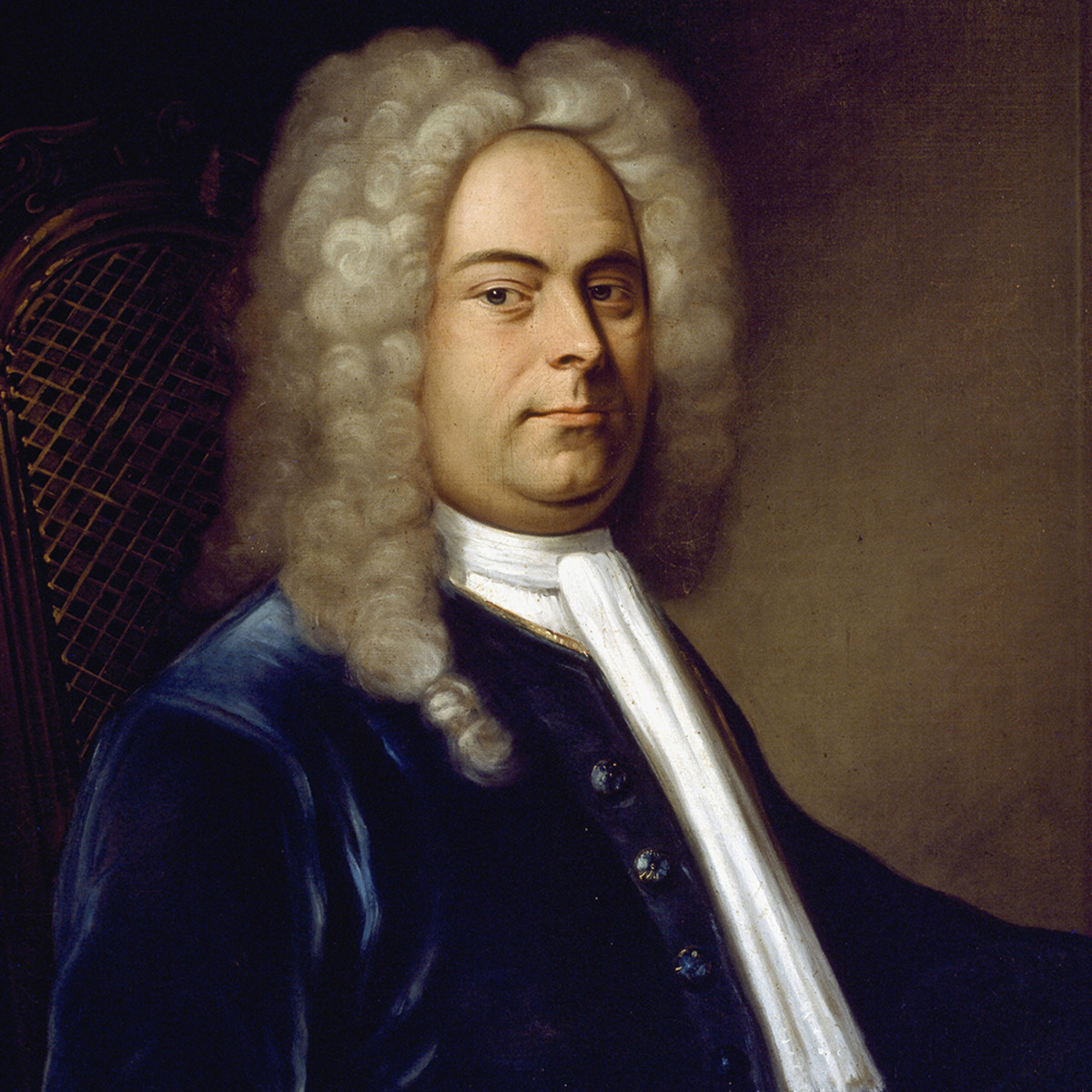 GEORGE FRIDERIC HANDEL
GEORGE FRIDERIC HANDEL
Born 1685, Halle, Germany
Died 1759, London
Water Music Suite No. 1 in F Major
Ouverture—Adagio e staccato—Allegro/Andante/Allegro da capo—
Andante—Passepied—Air—Bourrée—Hornpipe
In 1714, Georg Ludwig, the Elector of Hanover, became King George I of England. He quickly learned that one of the forms of opulent recreation in London was a boating trip on the Thames, and that these excursions were sometimes accompanied by music. In the first years of his tenure, King George made several such trips, and they were grand occasions indeed. One of the most famous took place on July 15, 1717, and two days later the London Courant ran a lengthy description of the festivities:
“On Wednesday Evening, at about 8, the King took Water at Whitehall in an open Barge … and went up the River towards Chelsea … A City Company’s Barge was employ’d for the Musick, wherein were 50 instruments of all sorts, who play’d all the way from Lambeth (while the Barges drove with the Tide without rowing, as far as Chelsea) the finest Symphonies, compos’d express for this Occasion, by Mr. Hendel; which his Majesty liked so well, that he caus’d it to be plaid over three times in going and returning. At Eleven his Majesty went a-shore at Chelsea, where a Supper was prepar’d, and there was another very fine Consort of Musick, which lasted till 2; after which, his Majesty came again into his Barge, and return’d the same way, the Musick continuing to play till he landed.”
Handel’s original manuscript to the Water Music has disappeared, but numerous copies and arrangements have survived. The music has been divided into three separate suites of varying instrumentation: D Major, F Major and G Major. This concert offers the Suite No. 1 in F Major. It includes some of the most famous tunes from the Water Music, particularly two spritely dances—a Bourrée and a Hornpipe—and the wonderful Air, whose lovely melodies and calm nobility have made it one of the most famous pieces Handel ever wrote.
—Program Note by Eric Bromberger
 JEROD IMPICHCHA̱ACHAAHA’
JEROD IMPICHCHA̱ACHAAHA’
TATE
Born 1968, Norman, Oklahoma
Chokfi’ (Rabbit)—Sarcasm for String, Orchestra and Percussion
Chokfi’ (choke-fee) is the Chickasaw word for rabbit, who is an important trickster legend within Southeast American Indian cultures. Inspired by a commission for the Oklahoma Youth Orchestra, I decided to create a character sketch that would be both fun and challenging for the kids. Different string and percussion techniques and colors represent the complicated and diabolical personality of this rabbit person. The piece premiered in May 2018.
In honor of my Muscogee Creek friends, I have incorporated a popular tribal church hymn as the melodic and musical base.
—Program Note by Jerod Impichcha̱achaaha’ Tate
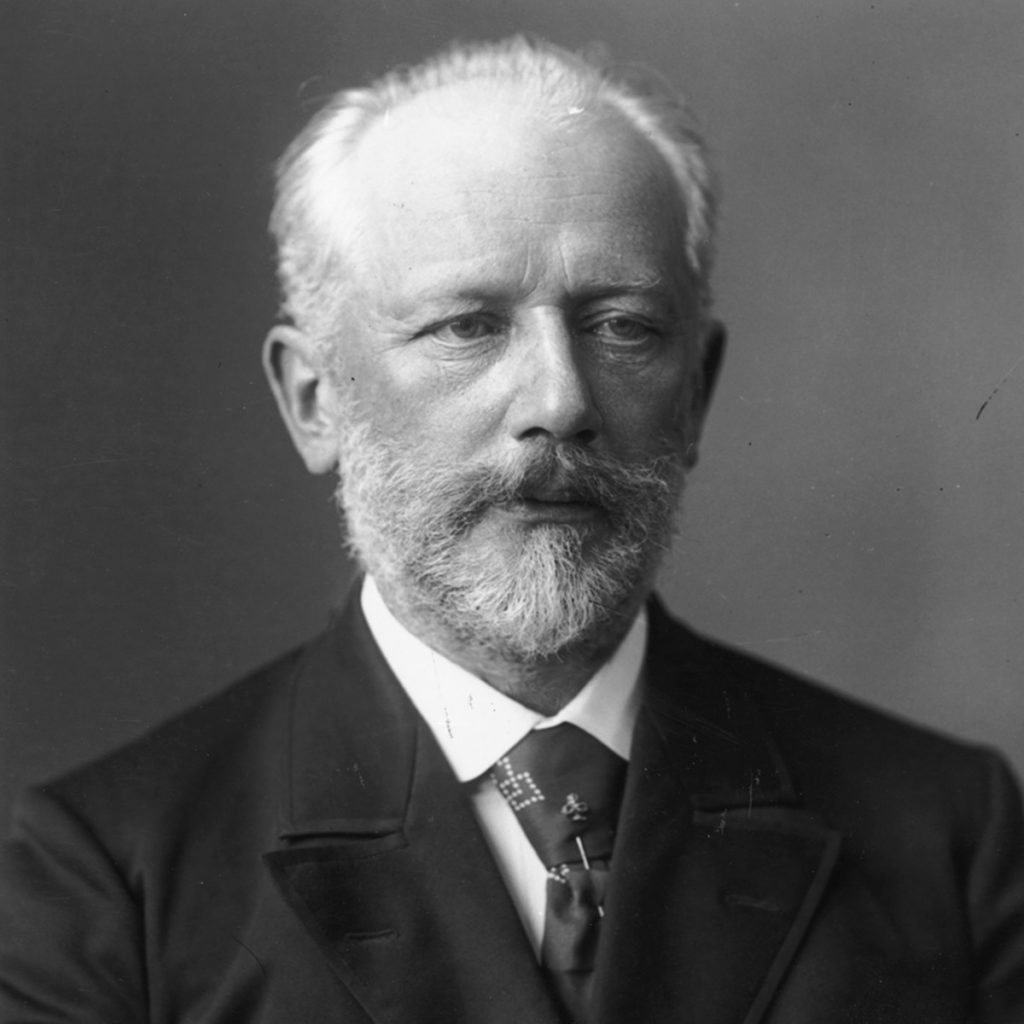
PYTOR ILYICH TCHAIKOVSKY
Born 1840, Votkinsk
Died 1893, St. Petersburg
Variations on a Rococo Theme, op.33
It is hard to believe that Tchaikovsky wrote this lovely, elegant, chaste music immediately after completing his overwrought Francesca da Rimini and immediately before his white-hot Fourth Symphony. That sequence alone should alert us to the fact that there were many sides to this often-tormented composer. If we automatically identify Tchaikovsky with colorful and emotional music, we need to remember that he was also drawn to the formal clarity of 18th-century music and loved Mozart above all other composers. One of the finest examples of this attraction is his Variations on a Rococo Theme, composed in December 1876, shortly after Tchaikovsky returned to Moscow after attending the first performance of Wagner’s Ring at Bayreuth.
This was a very difficult time for Tchaikovsky. He was on the verge of entering into a disastrous marriage with one of his students, hoping that such a union would “cure” him of his homosexuality. Writing this music may have offered him an escape from that personal turmoil into the clarity and order of another era. The immediate impulse to write it came in a commission from the cellist and composer Wilhelm Fitzenhagen. Trained in Germany, Fitzenhagen had in 1870 become professor at the Imperial Conservatory in Moscow, where Tchaikovsky also taught, and the two men had become good friends. When Fitzenhagen asked Tchaikovsky to write a piece for cello and orchestra for him, the composer responded with a set of variations based on what he called a “rococo” theme and scored for what was essentially Mozart’s orchestra (pairs of woodwinds and horns, plus strings).
A briefly orchestral introduction with a light and clear sounds gives way to the entrance of the solo cello, which sings the “rococo” theme (marked espressivo on its first appearance) and falls into two eight-bar phrases. Seven variations follow. These are nicely contrasted: some are lyric, some athletic. Some emphasize the cello, while others vigorously toss the theme between soloist and orchestra. Tchaikovsky varies key and meter throughout the set, and he ingeniously turns the final variation into an exciting coda. Yet the key word throughout is “restraint,” and this gentle score seems to come from a different planet altogether from the Fourth Symphony, which would shortly follow.
Tchaikovsky worked closely with Fitzenhagen while composing this piece, but Fitzenhagen apparently regarded the manuscript as only a starting point, and he drastically revised the score. He reduced Tchaikovsky’s original eight variations to seven, altered the order of the variations, and rewrote some of the cello part. By the time of the premiere, which took place in Moscow in December 1877, Tchaikovsky had abandoned his wife and fled to Switzerland to restore his mental balance. He had no idea that these changes had been made, and by the time he returned to Moscow in 1879, the music had been published in Fitzenhagen’s revision. At this point it was virtually impossible for him to redo these changes. The result is that the Rococo Variations are performed today in Fitzenhagen’s revised version rather than in the version Tchaikovsky wrote.
―Program Note by Eric Bromberger
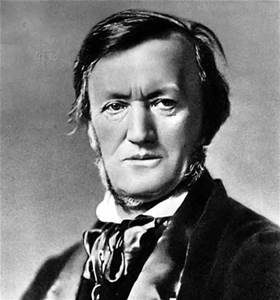
RICHARD WAGNER
Born 1813, Leipzig
Died 1883, Venice
Forest Murmurs
Forest Murmurs is derived from Act II of Siegfried, the third opera in The Ring cycle. When the opera begins, Mime is plotting to obtain the ring of power created by his brother Alberich. He wants Siegfried, whom he raised from infancy after his mother died, to kill the dragon Fafner, who guards the Nibelungs’ treasure. In Scene 2 of the second act, Siegfried and Mime arrive in the forest. Mime explains the dragon’s dangers, but Siegfried says he isn’t afraid. As he waits for the dragon to appear, he hears a bird singing; this is the tune Waldweben – Forest Murmurs. Siegfried wonders if the bird is trying to tell him something; he attempts to mimic the song on his reed pipe, in the hope that he can communicate with the bird. He is unable to replicate the sound and then plays another tune on his horn. This rouses the sleeping dragon, who is killed by Siegfried.
—Program note by Eric Bromberger
 STELLA SUNG
STELLA SUNG
Born 1959, Gainesville, Florida
Oceana
In the spring of 2016, Maestro Christopher Wilkins (Music Director of the Akron Symphony and Boston Landmarks Orchestra) and I attended a lecture at the New England Aquarium given by marine biologists Scott Kraus (Senior Science Advisor, NEA) and Christopher Clark (senior scientist, Cornell University), in which we learned about the problems of ocean noise pollution caused by seismic testing and the air guns used for this process, large ships and ocean vessels, and other man-made noises.
The effects of these noises can be devastating for all marine species from fish to plankton, but particularly for those that depend upon sound waves for their communication, finding food sources, and navigation.
With this knowledge in mind, I decided that my composition, Oceana, would have a focal point of reminding us of how important the ecosystems of the oceans are for not only marine life but for human life as well. I have also compiled a soundtrack comprised of recordings of marine life animal sounds (various whale, dolphin, seals, and other sounds) that runs throughout the piece.
The work is divided into three basic sections: 1) the beauty, majesty, and mystery of the seas and the life forms that live there, 2) the man-made disturbances of that ecosystem, and 3) the hope that humans can find a balance of living alongside the ocean and marine life so that our co-existence is based upon respect, understanding, and knowledge. Working with underwater filmmaker, photographer, scuba diver and educator Annie Crawley, we have formed a collaborative effort to bring not only the composition to life, but to help bridge a deeper understanding and appreciation for the wonders of the ocean.
―Program Note by Stella Sung
